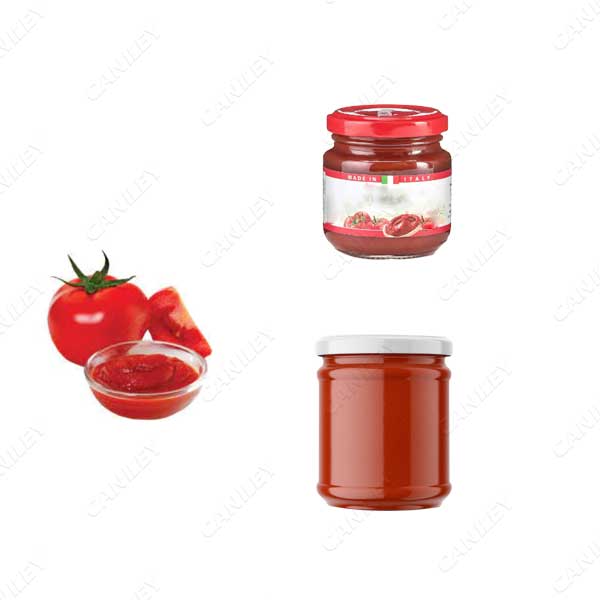Tomato paste is a widely consumed product known for its rich flavor and versatility in culinary applications. A crucial aspect of ensuring its freshness and taste is the process of aseptic filling. Aseptic filling of tomato paste refers to a state-of-the-art packaging technique designed to maintain the product's quality, texture, and nutritional value while extending its shelf life. In this article, we will explore what is aseptic filling of tomato paste and the steps involved in the tomato paste filling process.

What is Aseptic Filling?
Aseptic filling is a food processing method that involves sterilizing both the product and the packaging material to ensure the absence of any harmful microorganisms. The process prevents the growth of bacteria, yeast, molds, and other pathogens that could spoil the product over time. By eliminating the need for high-temperature pasteurization, aseptic filling preserves the natural color, taste, and nutritional content of the food, making it an ideal choice for preserving perishable goods like tomato paste.
The Tomato Paste Filling Process
The aseptic filling of tomato paste involves several critical steps to ensure the product's safety and quality:
1. Raw Material Inspection:
The process begins with the careful inspection of the raw tomatoes. Only the highest quality, ripe tomatoes are selected to guarantee the best flavor and color in the final product. Any damaged or spoiled tomatoes are discarded to prevent contamination.
2. Tomato Preparation:
The selected tomatoes are washed thoroughly to remove dirt and impurities. They are then crushed or ground to create a smooth, homogeneous tomato puree, which is the basis for making tomato paste.
3. Pre-Heating:
The tomato puree is pre-heated to a specific temperature, typically around 85-95°C. Pre-heating helps in reducing microbial load and inactivates enzymes that could cause product degradation during storage.
4. Aseptic Sterilization of Packaging Materials:
In parallel with the tomato preparation, the packaging materials, such as bottles, tetra packs, or pouches, undergo aseptic sterilization. This process ensures that the packaging is free from any harmful microorganisms that might contaminate the product.
5. Aseptic Filling:
In this critical step, the sterilized tomato paste and the aseptically sterilized packaging material come together. The tomato paste is carefully filled into the sterile containers in a controlled and hygienic environment. The aseptic filling machines are designed to prevent any external contaminants from entering during the process.
6. Hermetic Sealing:
Once the containers are filled, they are hermetically sealed to create an airtight environment inside. This prevents any air or pathogens from entering and causing spoilage. The airtight seal also ensures that the product retains its freshness and flavor.
7. Cooling:
After the filling and sealing, the tomato paste containers go through a cooling process to reduce the product's temperature and facilitate safe storage.
Benefits of Aseptic Filling for Tomato Paste
1. Aseptic filling offers several advantages over traditional thermal processing methods:
2. Extended Shelf Life: Aseptically filled tomato paste can have a shelf life ranging from several months to over a year, depending on the packaging and storage conditions.
3. Preserved Nutritional Value: The gentle aseptic processing preserves the product's nutritional content, including essential vitamins and antioxidants.
4. Enhanced Flavor and Color: Unlike conventional heat treatments, aseptic filling retains the vibrant color and rich taste of the tomato paste.
5. Reduced Need for Additives: Aseptic filling eliminates the requirement for excessive preservatives or additives, promoting a more natural product.





















